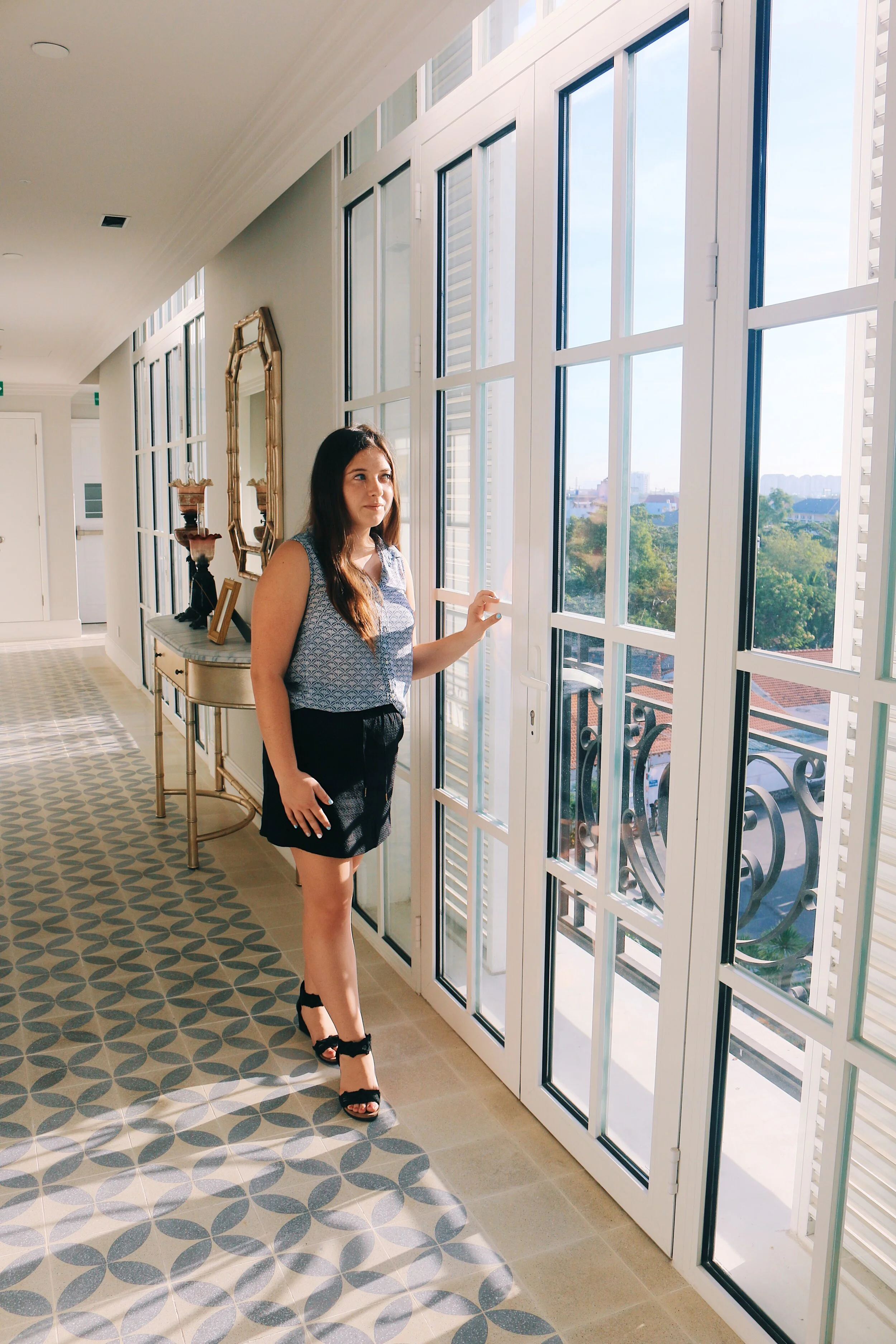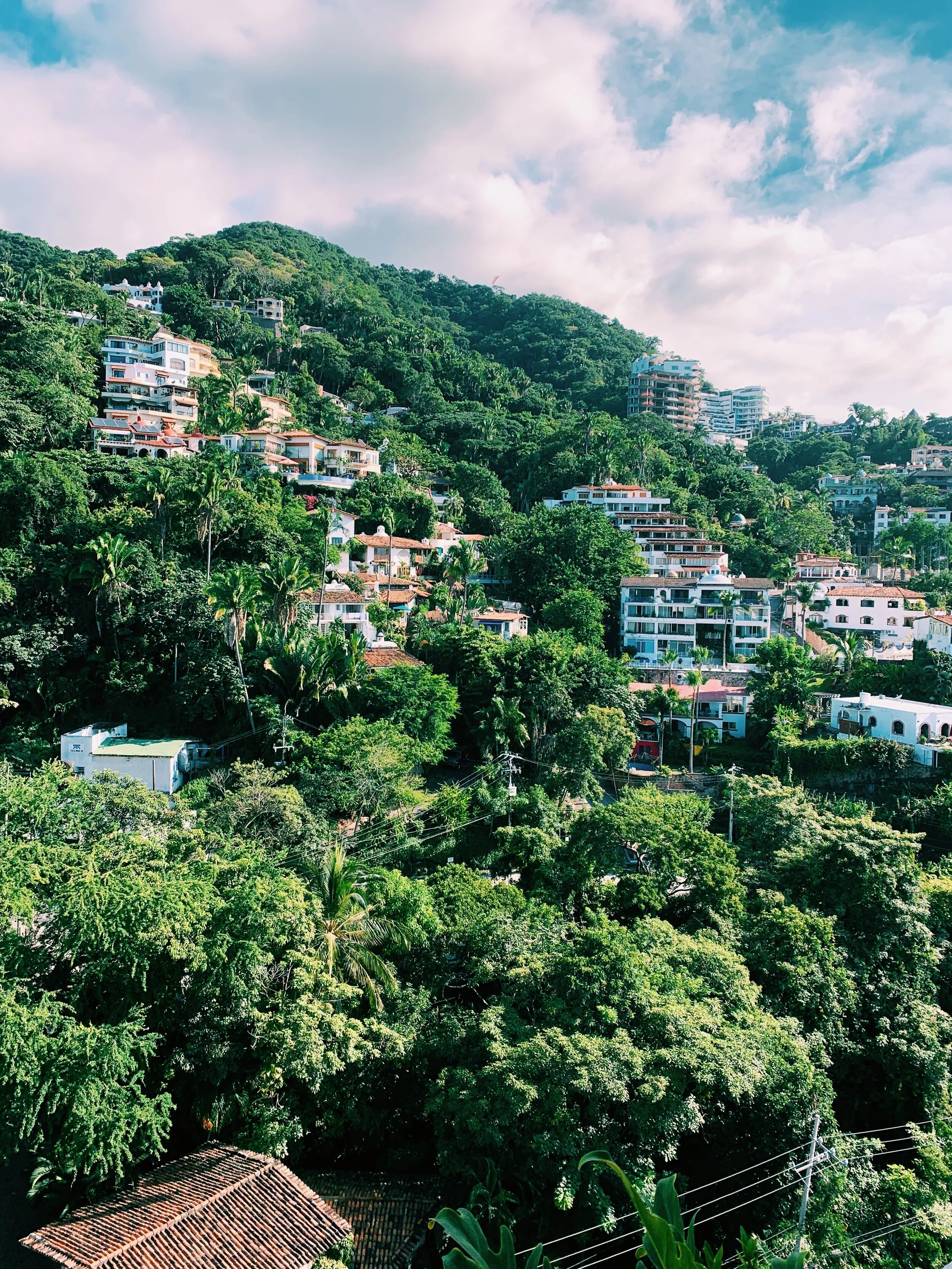Things I Learned on the Mekong River
A private, overnight tour of the Mekong River wasn’t originally in my family’s Vietnam plans. Now I can’t even imagine the trip without this 2-day excursion. Not only was cruising the Mekong River incredibly beautiful and relaxing, it taught me a lot about Vietnam and more specifically about the Mekong Delta region. Learning about the people and culture of wherever I’m exploring is what really enriches a trip for me. So in this post I want to share 10 fun and interesting things I learned on the Mekong River that were small pieces of what made these couple days so meaningful.
1. Working at a brick factory is just as physically grueling and mentally monotonous as you would expect.
Our second day on the river boat began with a pre-breakfast visit to a brick factory. Tour Guide Tai walked us through the process of brick-making and shared some facts about the use of bricks in Vietnam that, to be honest, I don’t recall because talking about bricks is pretty dull. What did capture my attention was the people, primarily women, lifting and slicing pallets of sediment to be turned into tile, stoking a kiln that had to be well over 100 degrees Fahrenheit, and organizing finished bricks into massive stacks. If you need to be inspired to start working harder at something in your life, visit a brick factory in the Mekong Delta.
2. Lemongrass is natural insect repellent.
As you may expect, spending time on a river in the tropics involves quite a few mosquitos. Before our meals, we were provided with cotton swabs infused with lemongrass to rub on our wrists and ankles to keep the bugs away. We still got some bites but I definitely got the most the night I forgot to use the natural repellent. I’ll definitely bring along some lemongrass essential oil on future tropical trips as a chemical-free way of keeping the mozzies away.
3. This river is the source of livelihoods for millions of people in Southeast Asia.
Everything about this river, its plants, sediment, fish, water and more, is utilized in the Mekong Delta region of Vietnam. In fact, the World Wildlife Foundation says that the river provides livelihoods for at least 60 million people! As we cruised by countless fish sauce farms, fishermen, and boats digging up clay from the riverbed, I was amazed by how this piece of nature is fueling the lives of so many Vietnamese as well as playing a major role in the region’s economy.
4. Hammocks are very popular resting spots.
I don’t think I have ever seen as many hammocks as I did in these two days on the Mekong. Every boat and home we passed had at least one and pretty much every restaurant and cafe I saw had its own set of hammocks to offer. I even saw a few cafes where hammocks were the main attraction - just a covered area with 20-30 hammocks lined up ready to provide someone with rest. Vietnamese culture tends to be “being-oriented.” This means there is a higher priority on quality of life and working to live as opposed to the priorities of chasing goals and living to work as found in the US. I loved seeing the hammocks as a visual representation of this cultural value.
5. Catfish-fishing boats are blue.
Most of the boats we passed in the river were complete with a pair of cartoon eyes right on the front. The catfish-fishing boats are included in the boats with eyes but they can be distinguished specifically as catfish boats because of their blue color and wide shape. According to our tour guide, the boats have to be wide to accommodate the water at the bottom of the boat where the catfish are held and transported alive!
6. The water hyacinth is an incredibly versatile plant.
Water hyacinth is the floating green plant that spots every corner of the Mekong River (at least every corner that we saw!). One of my favorite stops on this trip was to visit a factory where everything is made from water hyacinth. We got to meet the woman behind this great business where dried stems of the plants are woven into purses, cup holders, baskets, and more.
7. To advertise what you are selling in a floating market, just hoist your product up a metal pole on your boat.
A floating market is essentially a regular market on the water. Instead of vendors selling their products from tables/stalls on land, they sell from their boats. At the floating market we visited in the Mekong (there are lots of them), each vendor sold essentially one key thing (sweet potatoes, watermelons, onions, etc). And, in order to let customers know what they’re selling, they put their produce up on a pole for others to see. Warning: You may need a local eye help you identify what is tied to each pole because my family struggled severely to identify produce at this market.
8. The rainy season is for resting.
The weather in the Mekong Delta remains pretty steady outside of the rainy season. Seeing as so many locals rely on the river and work that is done outdoors to survive, the rainy season is actually when most people get a break because it’s usually too difficult to get jobs done. I found this fascinating having grown up associating summer and good weather with vacation and time off. For people in this part of the world, the best weather means it’s time to get to work and the rainy season means it’s time to hit the hammocks.
9. The Mekong Delta is prioritizing eco-friendly initiatives.
Throughout Vietnam I was amazed with how eco-conscious so many restaurants, cafes, and hotels are. Our boat tour exposed me to that first. There was a consistent use of paper straws, simple pushes to avoid plastic water bottles, and use of paper instead of plastic whenever possible. Hotel amenities were always wrapped in paper, trash bins were lined with newspaper, and even the toothbrushes were wooden or made of bamboo. Most establishments we visited in Vietnam were way more advanced at being eco-friendly than any average American establishment.
10. Vietnam is a very populous country.
I didn’t realize until I arrived in Vietnam that it is home to SO MANY people. It’s in the top 10 most populous countries in Asia with a population of roughly 95 million. Ho Chi Minh has close to 9 million which makes it bigger than any major US city. We faced this reality on the Mekong River because after cruising for a few hours in what felt like secluded areas, we would get off to explore what our tour guide referred to as “towns” but turned out to be cities! Can Tho, where our journey began has a population of 1.5 million and Sa Dec, one of our stops along the way has a population of roughly 214,000 which is smaller but is still beats my hometown of Grand Rapids, Michigan.
I hope these fun facts and details give pique your curiosity about Vietnam and the Mekong Delta! I would definitely encourage doing a tour similar to this boat trip if you are planning a trip to Vietnam. If you are interested in the specific tour we did, click here. For a more in-depth look at our river adventure, check out my Mekong Delta vlog!






